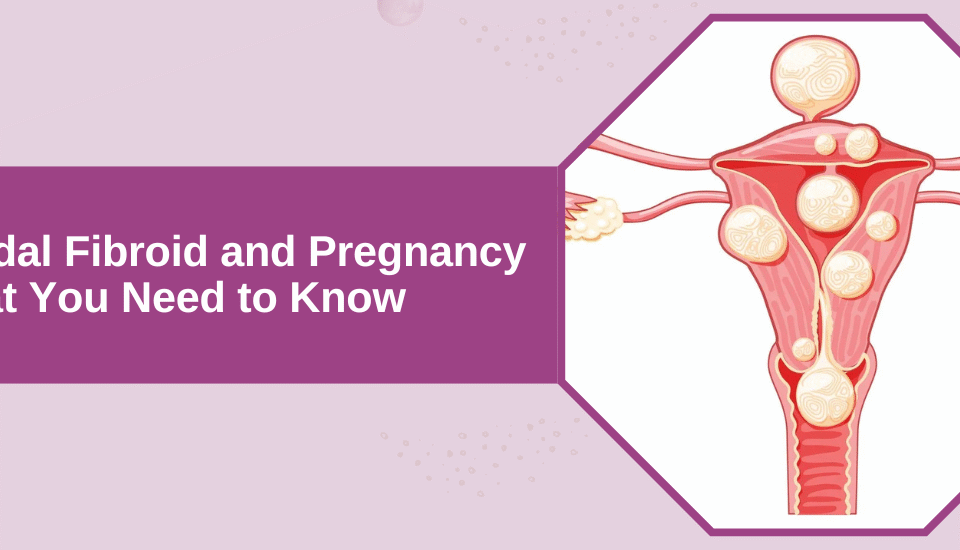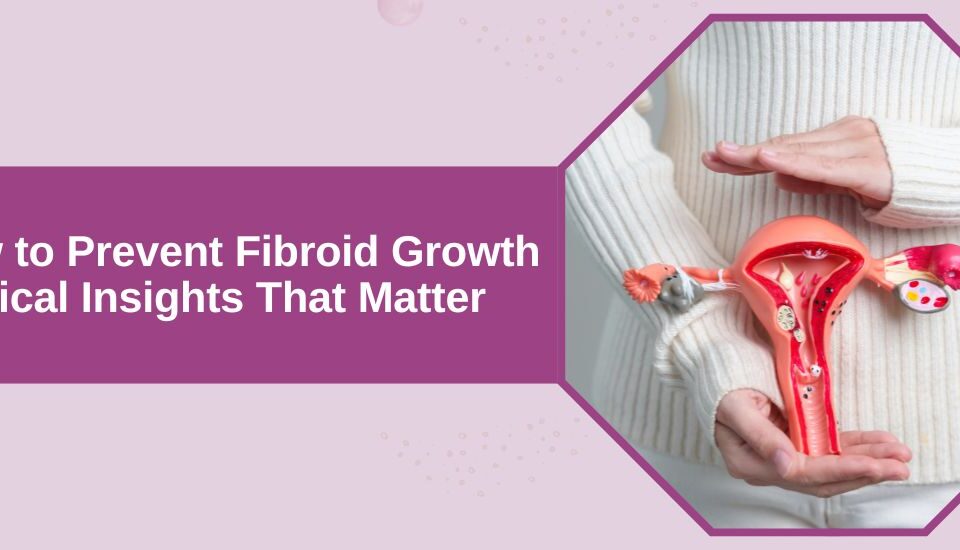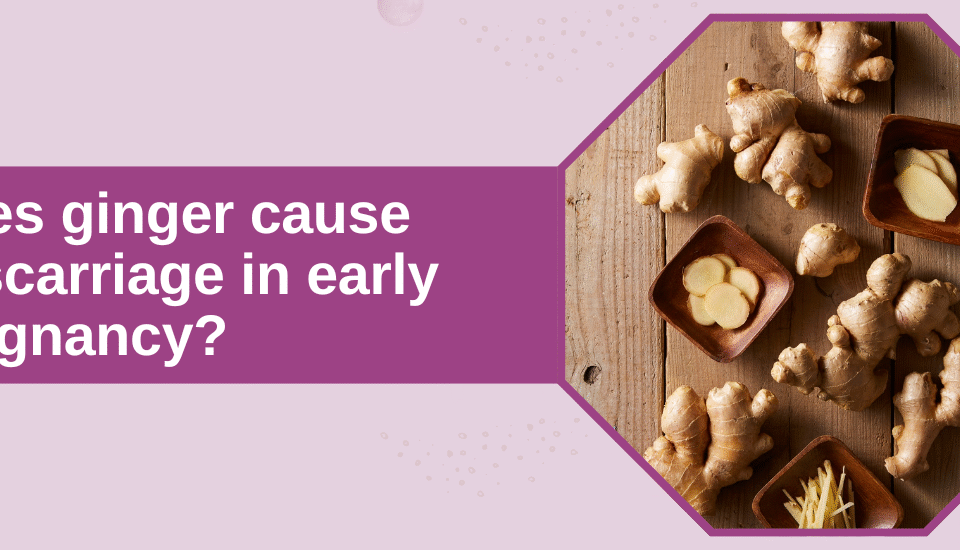- Have any questions?
- +91-98717 17305
- babiesandus12@gmail.com
Understand the Chances of Pregnancy after Blastocyst Transfer

Aspermia vs Azoospermia
June 6, 2023
Freezing eggs at 45 – Preserving Fertility for the Future
July 22, 2023Infertility can be a deeply emotional and challenging experience for those struggling to conceive. For many people, having a child is an important and deeply-held desire, and the inability to achieve this goal can be devastating.
Infertility can be an isolating and confusing time, filled with uncertainty and heartache. It can be difficult to see friends and family members achieving pregnancy easily while you struggle to conceive. It can be hard to feel hopeful about the future and to envision a life without children.
“If you are struggling with infertility, know that you are not alone and that there is hope. The power of Blastocyst Transfer has brought hope and joy to many hopeful parents”, says Dr. Hrishikesh Pai.
Dr. Hrishikesh Pai is the founder of Babies & Us Fertility IVF & ICSI Center, a state-of-the-art IVF center in Mumbai. He is a renowned fertility specialist who has helped many people realize their desire for parenthood.
Understanding Blastocyst Culture and Transfer
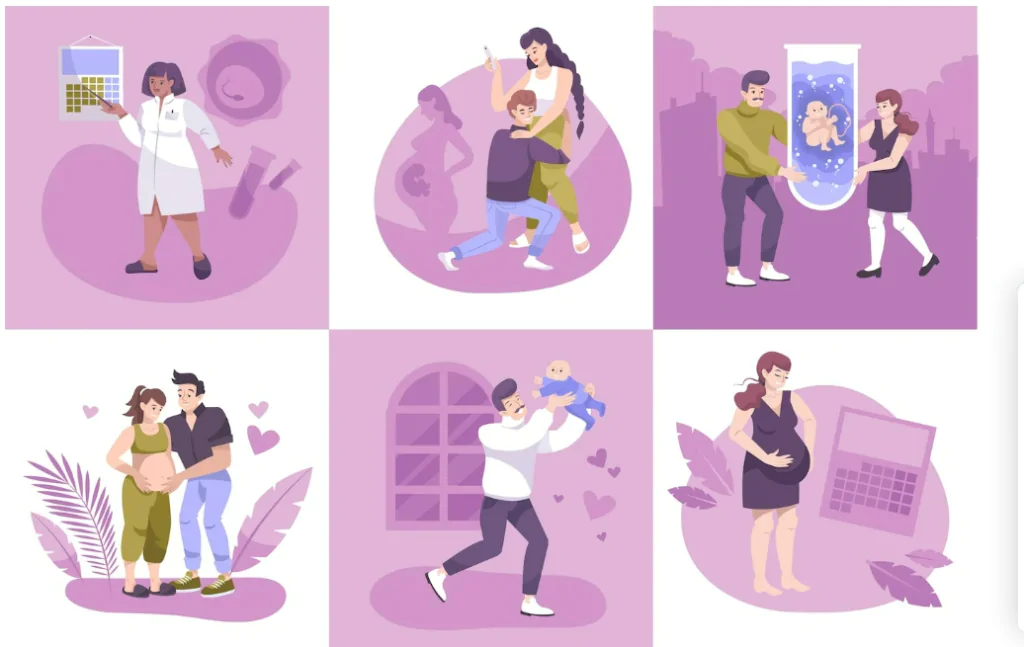
Blastocyst culture and transfer is a procedure used in assisted reproductive technology (ART) to help individuals or couples struggling to conceive. The process involves growing an embryo in a laboratory for 5 – 6 days until it reaches the blastocyst stage and then transferring it into the uterus of the woman.
Dr. Hrishikesh Pai explains, “The term ‘blastocyst culture’ refers to the embryos being grown in the lab for 2 more days, after which they are known as blastocyst embryos. Blastocyst transfer refers to the day 5 transfer of blastocyst embryos to the woman’s uterus in the same manner as day 3 embryos.”
Dr. Pai is among the preferred IVF specialists for people seeking Blastocyst Culture and Transfer in Mumbai.
Now let’s understand,
What are the chances of pregnancy after blastocyst transfer?
In general, the chances of pregnancy after blastocyst transfer are higher than with other fertility treatments, such as traditional 3-day embryo transfer. This is because blastocyst transfer allows the embryos to develop for longer in the laboratory before being transferred to the uterus, thereby increasing the chances of successful implantation and pregnancy.
According to the Centers for Disease Control and Prevention (CDC), the average live birth rate after blastocyst transfer is around 50-60% per cycle. However, the success rate can vary depending on the specific clinic and the patient’s circumstances.
Factors that may affect the chances of pregnancy after blastocyst transfer
The highly-experienced IVF doctor, Dr. Hrishikesh Pai, says, “The success rate of blastocyst transfer depends on various factors, including the patient’s age, the quality of the embryos, and the presence of any underlying medical conditions.”
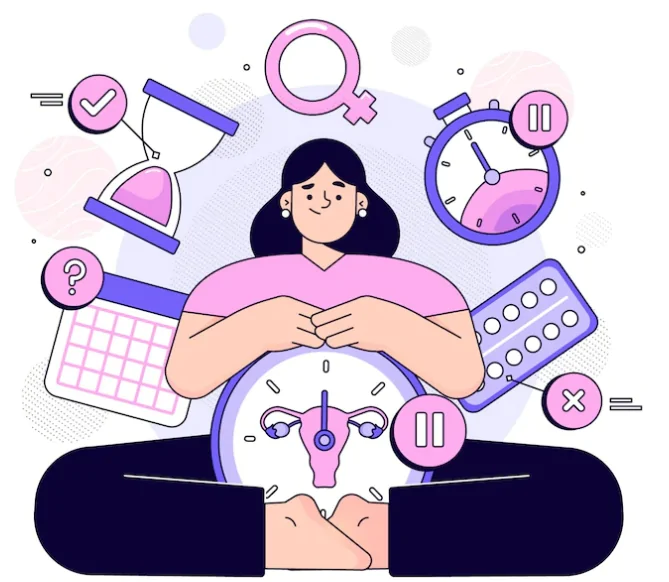
Some of the most important factors include:
Age:
Older Women have a lower chance of pregnancy after blastocyst transfer, as fertility decreases with age.
Quality of the embryos:
Embryos that are healthy and growing well are more likely to implant and establish a pregnancy.
Endometrial lining:
The endometrial lining is the inner layer of the uterus where the embryo implants. If the lining is not thick enough or is not prepared, the chances of pregnancy may be lower.
Previous fertility treatments:
The success rate of blastocyst transfer may be lower in women who have previously undergone other fertility treatments, such as in vitro fertilization (IVF), without success.
Medical conditions:
Certain medical conditions, such as uterine abnormalities or problems with the fallopian tubes, can also affect the chances of pregnancy after blastocyst transfer.
Lifestyle factors:
Smoking, alcohol consumption, and being overweight or obese can all negatively impact fertility and the chances of pregnancy after blastocyst transfer.
Now, let’s see
How long after a blastocyst transfer can you get pregnant?
If you have undergone a blastocyst transfer, you should be able to take a pregnancy test around the time that your next period is due. This is typically around 2 weeks after the transfer. However, it is essential to note that every woman is different, and the time it takes for an embryo to implant and produce detectable levels of human chorionic gonadotropin (hCG) can vary.
Infertility specialist Dr. Hrishikesh Pai adds, “We recommend a 2-week wait after your blastocyst transfer before taking a pregnancy test because taking a test too soon can produce incorrect results”.
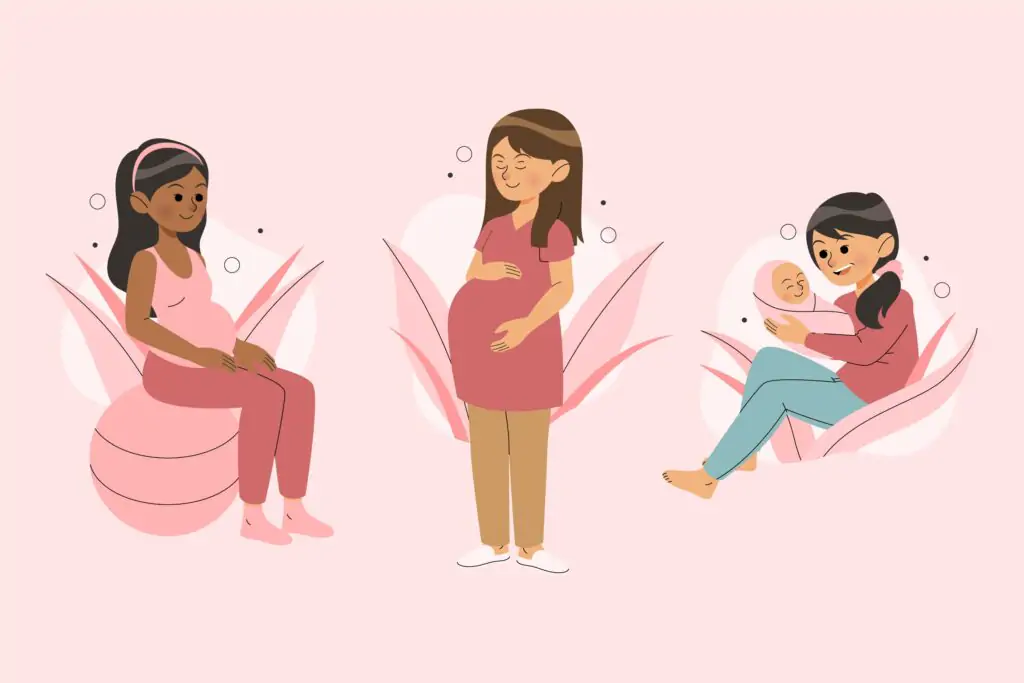
Do blastocyst transfers correlate with higher pregnancy rates than day 3 transfers?
Evidence suggests that blastocyst transfers may be associated with higher pregnancy rates compared to day 3 transfers.
One study published in the journal Fertility and Sterility found that the pregnancy rate was significantly higher for women who received blastocyst transfers than those who received day 3 transfers.
The study included over 4,000 women who underwent IVF and found that the pregnancy rate was 50.9% for women who received blastocyst transfers, compared to 39.7% for those who received day 3 transfers.
According to Dr. Hrishikesh Pai, “It is always a good idea to discuss your pregnancy chances with a fertility specialist during your pre-pregnancy counseling and PGT (preimplantation genetic testing) before making a decision.”
Am I a good candidate for the Blastocyst Transfer?
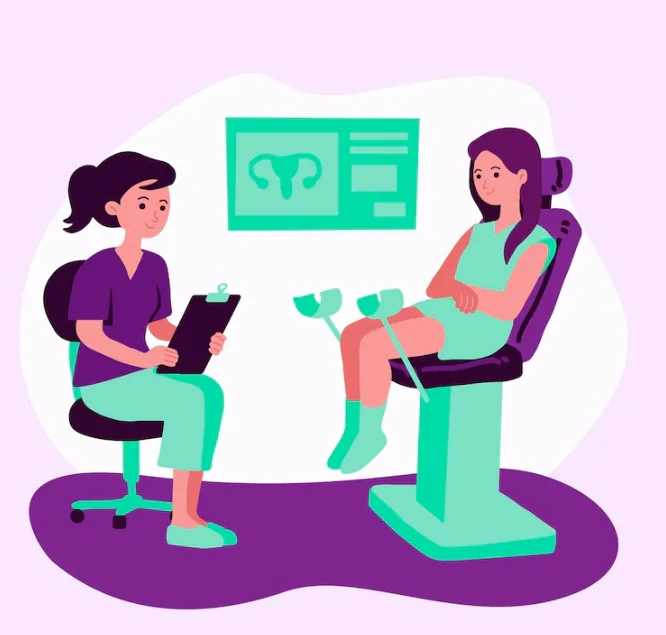
In general, good candidates for blastocyst transfer may include:
- Women who are under 35 years of age, as fertility decreases with age
- Women who have good-quality embryos, as determined by laboratory testing
- Women who have a normal uterus and healthy fallopian tubes
- Women who have not previously undergone other fertility treatments, such as in vitro fertilization (IVF)
- Women who have good overall health and do not have any medical conditions that could affect fertility
It is important to note that every woman’s situation is unique, and the decision to undergo a blastocyst transfer should be based on various factors. It is always a good idea to discuss your situation with an experienced fertility specialist like Dr. Hrishikesh Pai to determine whether blastocyst transfer is a good option.
FAQ
Q. What is the success rate of blastocyst transfers?
A. According to research, there are typically 50–60% live births per cycle after blastocyst transfer. However, the success percentage can change depending on the particular clinic and the patient’s unique circumstances.
Q. Can blastocyst fail to implant?
A. Yes, a blastocyst can fail to implant. Some possible causes include:
- Poor quality of the blastocyst
- Uterine abnormalities
- Hormonal imbalances
- Age
- Lifestyle factors

